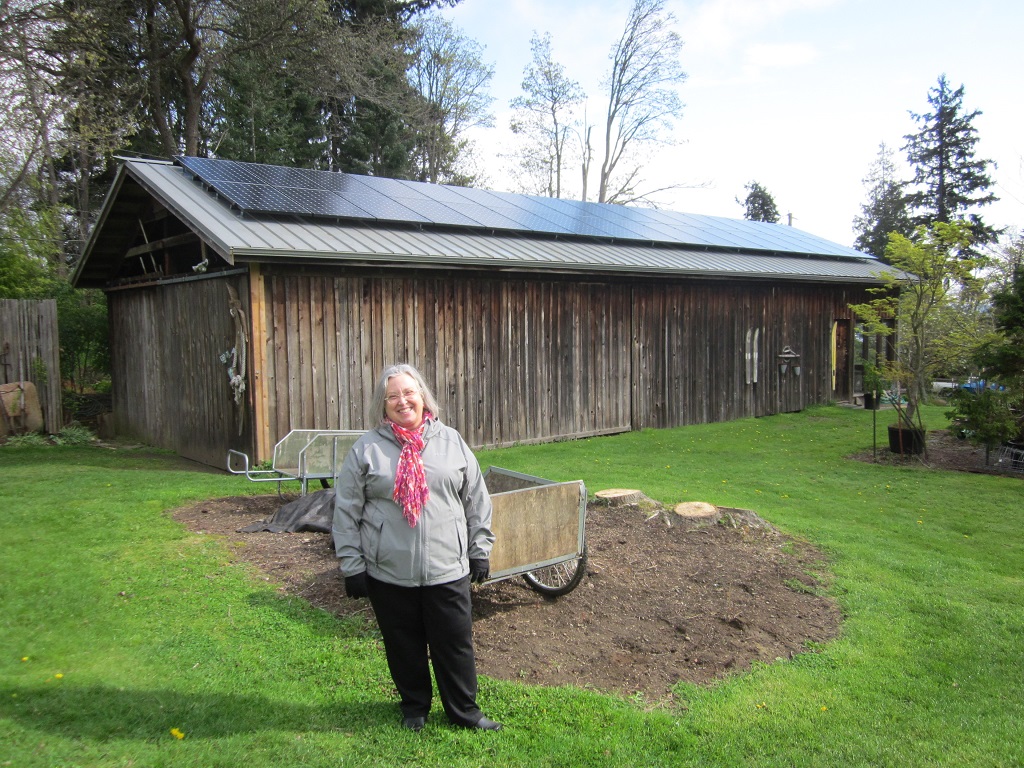As we take off running into 2016, here is a brief look back at 2015. We are struck by the progress on several clean energy fronts in the second half of 2015.
The EPA’s Clean Energy Plan announced in August will hasten the transition to non-carbon based electricity generation. This represents a significant increase in the EPA’s authority over state’s energy policies and fuel use, although it doesn’t dictate how states reduce CO2 emissions, just that they must reduce or they must pay to participate in carbon reduction markets. This will be a long and winding legal road through numerous court challenges, but certainly represents a progressive step towards cleaner air. http://www.epa.gov/
This ITC extension is very good for the solar industry as well as taxpayers because instead of looking at a bubble in 2016 and perhaps a decrease in 2017, we are looking at several years of more predictable growth. A very good forecast and details of the tax credit schedule are in this Utility Dive article: http://www.utilitydive.com/news/what-utilities-need-to-know-about-solar-growth-after-the-itc-extension/411139/
California’s Net Metering 2.0 does not affect us directly, but represents a major confirmation that very high levels of distributed pv should be valued at the retail rate at the point of use. http://www.utilitydive.com/
Unfortunately we have seen some back-sliding in some states where the utility industry has a more unified influence on the government regulators, as in Nevada and Arizona. http://www.technologyreview.
Locally we saw another record year for pv installations in the state and at Power Trip Energy. Here at Power Trip Energy, we installed 570 KW last year, an 18% increase over the previous year, compared to ~40% growth overall in the state in 2015.
The question will now be what the WA legislature does. We stand at a crossroads here in WA. Will we lead the way to a cleaner environment and healthier economy, with individuals empowered to improve their homes and reap the benefits. Or will we back slide at the behest of utilities which are clawing to hold onto a past they can not have as their future? We are founding members of Solar Installers of Washington and through this group we are supporting efforts in Olympia to address our state programs.
Regardless of what our national and state governments do, we will continue to serve our clients by surveying the renewable energy industry and providing our best assessment of what makes the most sense for our clients, and performing quality turn-key installations.
Thank you to our clients and best wishes to everyone for 2016!

11 KW of SunPower PV at Nancy’s home in Kingston, WA